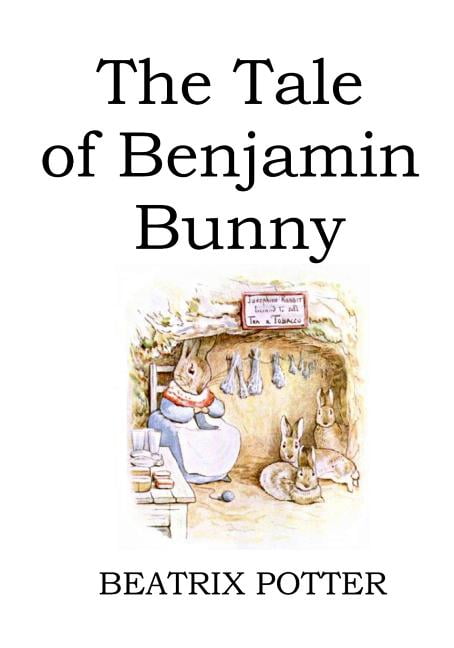

Despite being a bit irresponsible and clumsy, causing occasional issues such as thwarting garden raids and accidentally losing Peter's father's journal, he owns up to his mistakes, apologizes sincerely, learns his lesson, and helps come up with plans to solve the problem. And in a way, his anxieties and reluctance are beneficial because it saves him from getting caught in a trap like his older impulsive cousin, Peter.

Benjamin is never afraid to be exactly who he truly is - a kind rabbit who loves his family and friends and shows it. He doesn't try so hard to be professional at tasks like his older cousin Peter does (mostly unsuccessfully). Still, he's a great example of someone who is positive and naturally enjoys being himself. Benjamin's main catchphrase is "rabbits are brave, rabbits are brave."īenjamin isn't exactly the perfect role model due to his extreme anxieties, irresponsible clumsiness, and hunger. "I'm so hungry', 'there goes my tummy alarm!' Oh, this is bad, this is very very bad". In 1992, Benjamin Bunny was adapted as an episode of the BBC animated television series, The World of Peter Rabbit and Friends.Benjamin's typically scared nature, a tendency for expecting the worst and his constant hunger lend themselves to some phrases including: Potter created a nursery wallpaper tapping Benjamin's image, and Benjamin returned as an adult rabbit in the Flopsy Bunnies and Mr. The Times Literary Supplement thought Potter's illustrations "pencil perfect", but suggested that she engage a literary assistant for future productions. Benjamin Bunny was an instant commercial and popular success, and thousands of copies were in print by the end of 1904. She was sensitive to the openings and endings of her books, and insisted Benjamin Bunny finish with the words "rabbit-tobacco", a term she appropriated from the Uncle Remus stories by Joel Chandler Harris, one of her literary heroes. The book's masterful illustrations were based upon the several gardens at the Lake District estate of Fawe Park, where Potter spent the summer of 1903. In 1903, Potter and her publisher decided her next book should be less complicated than her previous productions, and in Benjamin Bunny she created a simple, didactic tale for young children. 12mo, original boards with pictorial onlay to the front panel, pictorial endpapers, illustrated.

First edition of the fourth sequel to Potter’s immensely successful The Tale of Peter Rabbit which was an instant commercial success in its own right, with ‘muffatees’ for ‘muffetees’ on page 15.


 0 kommentar(er)
0 kommentar(er)
